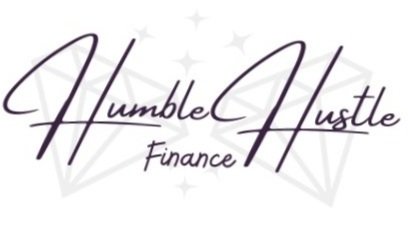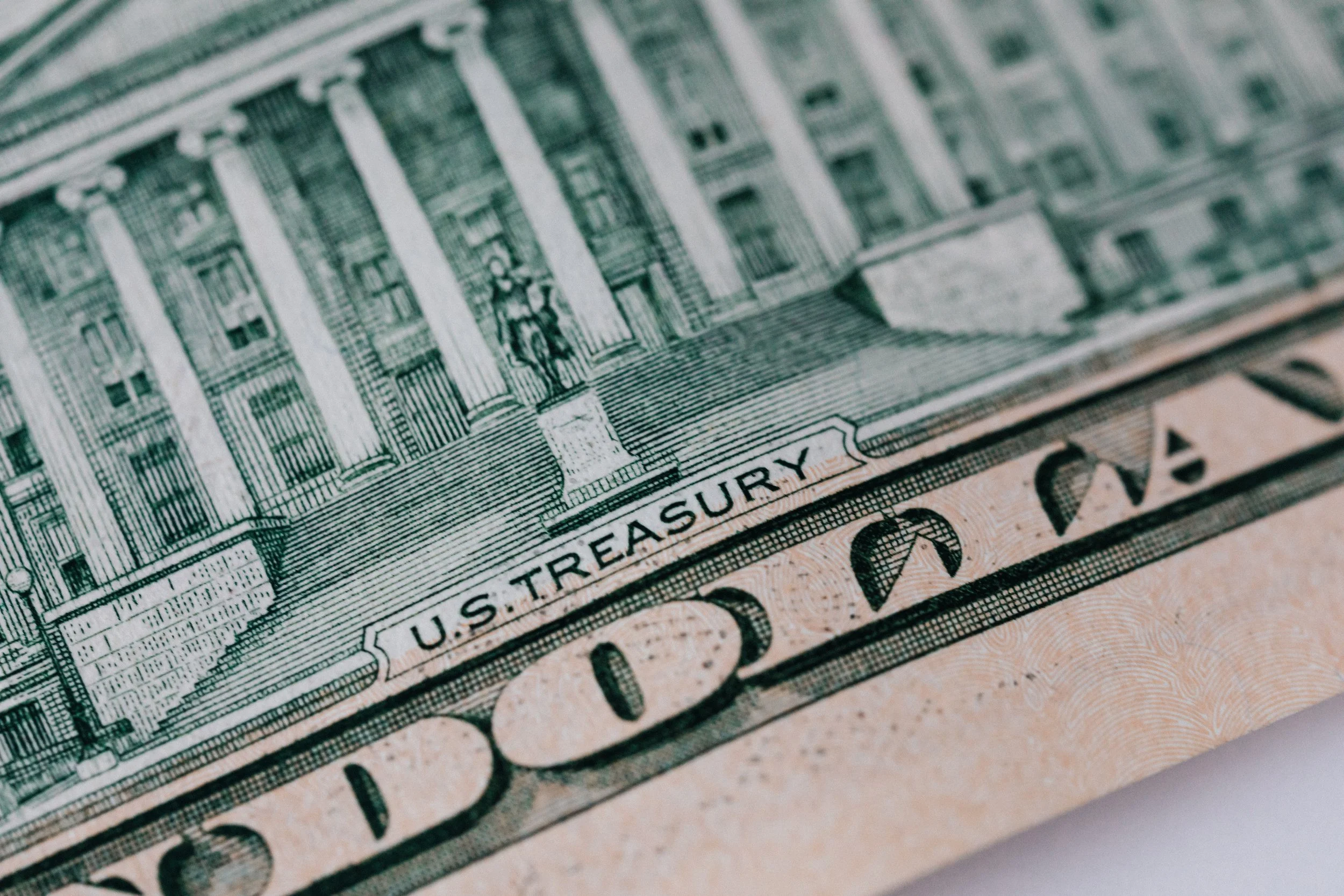The U.S Debt Ceiling and How It Affects Your Money
Description:
Imagine walking into your bank to get money, but the bank tells you they are out of cash. You call customer service only to get disconnected. You try using your debit or credit card, but it declines, although you know you have the funds to make a purchase. These are only a few scenarios that may happen if the economy reaches its debt ceiling.
Key Takeaway:
The federal government's ability to borrow money to meet its financial obligations is subject to a cap known as the debt ceiling.
Simply getting close to the debt limit can hurt the economy.
The goal is to strike a balance between what you spend and what you earn.
What is the U.S. Debt Limit?
Washington and Wall Street are bracing for a resurgence of brinkmanship over the nation's statutory debt limit, raising fears that a calamitous self-inflicted wound will shake the fragile US economy.
Treasury Secretary Janet L. Yellen warned on Friday that if lawmakers did not act to raise the debt limit, she would have to take "extraordinary measures" to keep paying the nation's bills past January and that her powers to avert a default would be exhausted by early June.
The federal government's ability to borrow money to meet its financial obligations is subject to a cap known as the debt ceiling. The United States must borrow enormous sums of money to cover its expenses because it has a budget deficit, which means it spends more than it earns through taxes and other sources of income. This includes paying the interest on the national debt, paying for social safety net programs, and paying military salaries.
In 2021, Congress decided to increase the borrowing limit to $31 trillion.
Lifting the debt ceiling does not authorize any new spending; instead, it merely permits the United States to finance existing obligations. Despite the fact that the debt ceiling debate frequently prompts calls from lawmakers to reduce government spending, it still enables the government to cover its current debt.
Hitting the expected borrowing cap
There was less time to solve the problem than some had estimated, even recently, according to Ms. Yellen's warning that a default could appear as early as June.
Goldman Sachs analysts estimated the date to be in August. However, the X-date is expected to occur no earlier than the third quarter of 2023, according to a prediction made last summer by the Bipartisan Policy Center, which closely monitors the debt limit deadline.
The Treasury Department's cash flow will determine when, if ever, the federal government can no longer fully meet its obligations on time. This timing will depend on the economy's direction and how certain policies turn out.
Going over the debt limit
Simply getting close to the debt limit can hurt the economy. In 2011, a standoff over debt and spending between congressional Republicans and President Barack Obama was resolved just in time to keep the country from exceeding its borrowing limit. Investors, customers, and business owners were shaken by that brinkmanship, which had real repercussions.
As lawmakers near the debt ceiling, stock prices fell, and market volatility increased. They took six months to recover fully. The cost of borrowing for corporations varies according to the degree of risk and has increased dramatically. As a result, borrowing money for businesses to make new investments became more expensive. Similar mortgage rates hampered potential home buyers. As a result, America's credit rating was downgraded for the first time by the rating company S&P.
During the crisis, there was a decline in both small-business optimism and consumer confidence.
Economists caution that an actual breach would be much worse.
Investors would demand significantly higher interest rates in the future to lend money to the government if the Treasury Department experiences a default or inability to make payments to lenders who hold federal debt. It would be comparable to what occurs when debtors don't make credit card payments; their credit ratings suffer, and their interest rates frequently increase.
Such a scenario would significantly increase the government's interest payments. The White House estimates will squeeze the federal budget by costing the equivalent of 2.6 percent of the entire American economy over the next ten years. Because U.S. Treasury bonds are generally regarded as one of the safest investments in the world, they could also destabilize bond markets worldwide.
Even if the government continues to make bondholder payments but cannot cover other expenses, such as paying federal employees' salaries, that spiral would likely still happen.
The government would drain a significant amount of spending power from the economy overnight if it exceeded the borrowing limit, which may be the most immediate threat to the United States already precarious recovery. According to Goldman Sachs analysts, the government would be instantly sapping the equivalent of one-tenth of American economic activity by choosing not to pay Social Security benefits, federal employees, bondholders, and more.
Researchers at the Democratic think tank Third Way calculated in December that a breach of the debt ceiling could result in the loss of up to three million jobs, a $130,000 increase in the cost of the typical 30-year mortgage, and an additional $850 billion in national debt.
Alternatives to prevent disaster
It was announced that there would be a stop to making new investments in the Federal Employees Retirement System's Thrift Savings Plan's Government Securities Investment Fund, Postal Service Retiree Health Benefits Fund, and Civil Service Retirement and Disability Fund to prevent going over the debt ceiling. Reinvestments in those funds would also cease.
Treasury officials have previously discussed prioritizing some payments, like military salaries, or postponing payments entirely until the government has enough money to pay all of its bills. In either case, the financial markets would be in disarray, and there would be legal issues.
About a dozen employees of the department's Office of Fiscal Projections were monitoring the volume and timing of the country's financial inflows and outflows in late 2021 to improve its projections for the so-called X-date. They closely coordinated with governmental organizations to ascertain their spending requirements and monitored nonmarketable debt changes, such as savings bonds.
The Exchange Stabilization Fund, a pool of emergency funds intended to intervene in currency markets during times of turbulence, was established to hold Treasury securities. Treasury officials planned for the possibility that they might need to conserve cash and suspend the daily reinvestment of these securities. The agency's financial accounting tricks, also known as extraordinary measures, would likely end at that point.
The role the Federal Reserve plays
The Federal Reserve would initially be in charge of controlling the consequences of a default.
The central bank was provided with a playbook for handling a debt ceiling breach during conferences and meetings in 2011 and 2013.
Central bankers met during the 2011 congressional standoff to discuss what the Fed could do to save the financial system.
According to the transcripts of that call, the options included treating defaulted Treasury bonds the same as default-free bonds when it came to Fed operations that bought government debt or accepted it as collateral "so long as the default reflects a political impasse and not any underlying inability of the United States to meet its obligations." As widespread disruptions in the markets for shorter-term debt occurred, the Fed suggested it might support money market mutual funds.
The Fed's staff specifically suggested that the institution could buy defaulted Treasury bonds, essentially compensating bondholders to keep markets open.
It also discussed purchasing defaulted bonds while selling off unaffected ones. However, transcripts show that officials were concerned that "such an approach could insert the Federal Reserve into a very strained political situation and raise questions about the Federal Reserve's independence from debt management issues faced by the Treasury."
The possibility of purposefully purchasing defaulted Treasury debt was once described as "loathsome" by Jerome H. Powell, the Fed's current chair.
When the debt ceiling rose again in 2013, Mr. Powell, a Fed governor, was concerned that the central bank would make default more likely by implying that it had a solid plan to deal with it.
"If it actually appears to be a good game plan, it will make it less likely that Congress will feel enough pressure to actually raise the ceiling," he warned in an October strategy call.
"I don't want to say today what I would and would not do if we have to deal with a catastrophe on this," he added.
Can future crises like this be avoided?
The possibility of raising the debt ceiling theoretical propositions like minting a trillion-dollar coin has been rejected by Ms. Yellen. She has, however, demanded that the statutory debt limit be eliminated, stating that it is "destructive" to the American economy and prevents the federal government from spending money that Congress has already approved.
That suggestion has yet to receive any attention from Congress to date. Lowering the debt ceiling is more complicated than raising it.
The Money Wrap-Up
The debt ceiling is the United States' method of keeping itself in check. It becomes a risky decision to increase it during difficult times. However, lowering it is also a risky decision. The goal is to strike a balance between what you spend and what you earn. This is where Congress comes in. They are responsible for determining whether the debt ceiling should be raised or lowered. We would be unable to pay for education, cars, houses, and food for our families if we did not raise or lower it. Millions of jobs would be jeopardized because payments would not be made on items purchased from today's businesses. The consequences could be catastrophic.







